Introduction
The Story of the Buddha: A Narrative for Human Development
The Buddha was a human being. He struggled, he succeeded, he failed. He made difficult choices. He made mistakes of the sort we all might make. And he persevered. He lived in childlike innocence until he witnessed the unyielding reality of human sufferingpoverty, sickness, old age, and death. He struggled with the implications of this suffering for his life and the lives of others. He had a family. He left his family. He worked as a teacher, a leader, and a community builder. He worried about his legacy. He grew ill as an old man and died.
The Buddha was a prince, the foremost younger member of a royal family and heir to the kings throne. He lived in utter luxury, wanting nothing. He received the finest education possible. He was a master of the arts, literature, athletics, and politics. He had many wives and lovers, and bore a son. He was to be a king, a god on earth. And then he cast the sweet life away when he realized that in spite of his exalted status he would still become ill, grow old, and die.
The Buddha was a reincarnation, the rebirth of a person now dead. He was a series of human beings, reborn through countless lifetimes. He had many bodies, many incarnations, though he remained in some sense himself, a he, an individual, indivisible yet multiple. And as a reincarnation he is no different, according to Buddhist doctrine, from any other living being, save that he eventually came to understand the fundamental role of ethical cause and effectthe engine of rebirthin creating his many rebirths, his many experiences in this life and all that had come before it. Because he came to understand rebirth as yet another form of human suffering, he sought, and found, an end to rebirth.
The Buddha was a god. He lived in celestial realms, in castles in the sky where gods enjoyed the divine fruits of their good acts over many eons. Yet the Buddha knew that even a god suffers from ethical cause and effect, that gods must descend from their celestial palaces if they wish to find an end to suffering, just like every other living being. He taught the gods the means to liberate themselves from the suffering that even they, as exalted celestial beings, experience. He was a god among gods.
The Buddha is a bodhisattva, a living, thinking being whose only goal is to achieve enlightenmentto fundamentally transform his understanding of realityin order to truly put an end to human suffering. The Buddha is a savior, a being whose empathy for the suffering of others is so profound that he cannot but act on their behalf.
The Buddha was, isever will bethe cosmos. His body is coextensive with all that is. He is reality. As such he seeks, through the drama of human embodiment, to relieve the suffering that comes to those living beings who do not understand that they are this reality as well.
According to Buddhist traditions throughout Asia, the Buddha holds each and all of these identities within his capacious form. Stories of the Buddha from ancient, medieval, and modern traditions contain this multiplicity, at times emphasizing one aspect of his identity, at times another, yet always deep with potential meaning, overflowing with possibilities for readers from all walks of life. This is one such story.
The life story of Shakyamuni Buddha, the founder of Buddhism who lived two and a half thousand years ago, is perhaps the most important narrative in the Tibetan Buddhist tradition. While the great Tibetan, Bhutanese, and Mongolian masters of the past have had a more direct impact on the course and contours of Buddhism in Tibetan-speaking and Tibetan-reading lands, the story of the founder, Shakyamuni, defines the very shape and scope of Buddhism. A definition of sufferingthe basic human probleman analysis of the causes of suffering, an affirmation that human suffering can be alleviated, and a demonstration of the steps needed to escape suffering are integrated within the life story of a single human being, the Buddha. His story forms the blueprint for a life dedicated to the two fundamental challenges faced by people, the easing of suffering for oneself and for others. And if this most basic goal is integral to the Buddhas story, then any Buddhist leader in Tibet, Bhutan, or anywhere else in the world must emulate this story, must follow in the Buddhas footsteps, must live the life of a Buddha, the Enlightened One.
In Buddhist traditions of Tibet and the Himalayas this blueprint for an ideal Buddhist life was formally expressed in twelve major life episodes, the twelve acts of the Buddha.
The idea that the narrative of the Buddhas enlightenment could be reduced to a set of key episodes dates back to at least the fifth century CE, when the Analysis of the Buddha Jewela formative work for Indian and Tibetan notions that all living beings possess the ability to achieve enlightenmentoutlined in a single verse Shakyamunis career in twelve acts, though without any further elaboration. Indian Buddhist literature never utilized this concise narrative structure to develop a full account of the Buddha, from birth to death. The most elaborate classical life of the Buddha, the Living Out of the Game Scripture,





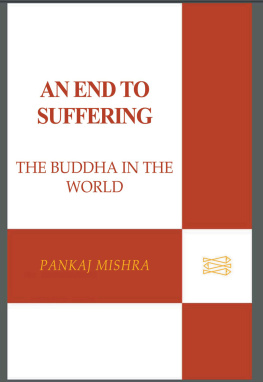
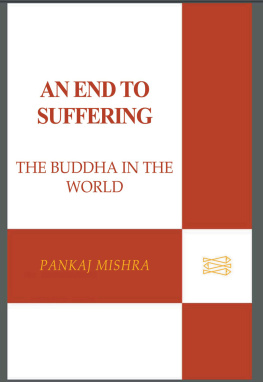
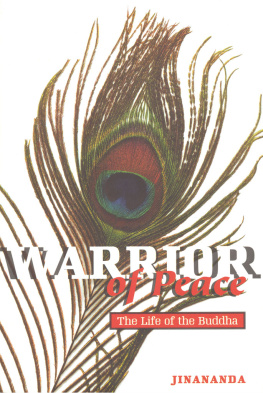
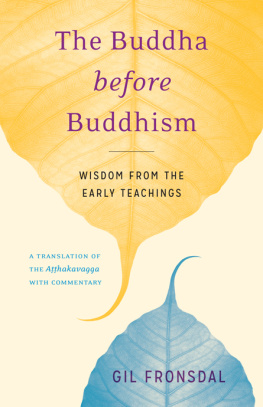
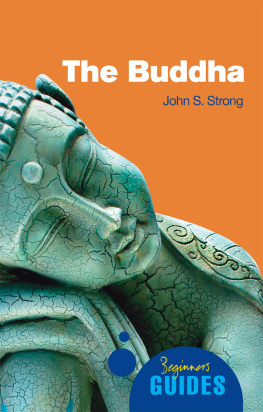

 CLASSICS
CLASSICS
